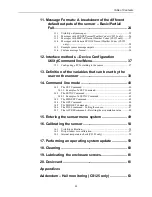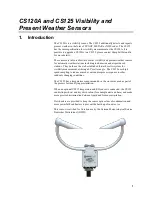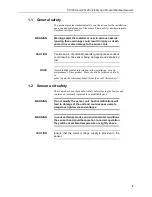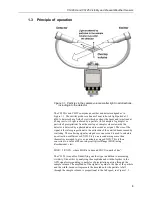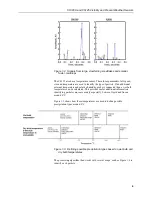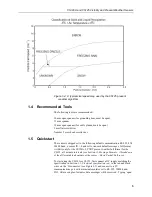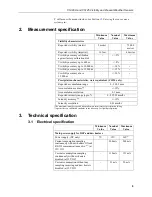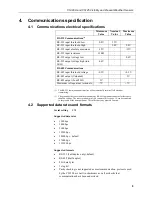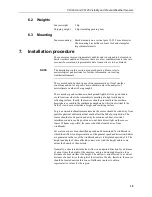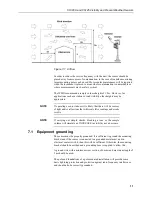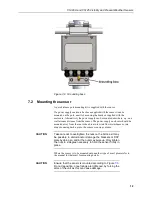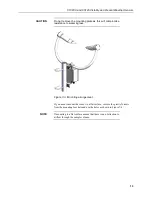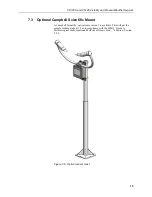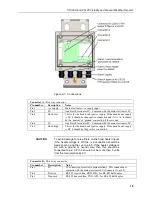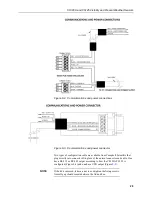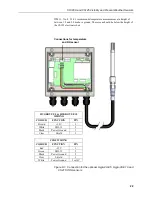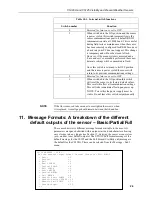
CS120A and CS125 Visibility and Present Weather Sensors
11
Figure 7-1. Airflow
In order to reduce the service frequency with the unit, the sensor should be
placed away from sources of contamination, in the case of roadside monitoring;
larger mounting poles can be used. More regular maintenance will be required
when the instrument is placed in areas where contamination is unavoidable or
where measurements may be safety critical.
The WMO recommend a sample volume height of 1.5 m. However, for
applications such as aviation or road visibility other heights may be
appropriate.
If operating a sensor indoors it is likely that there will be sources
of light and/or reflections that will create false readings and erratic
results.
If carrying out simple checks, blocking a lens or the sample
volume will simulate an INCREASE in visibility not a decrease.
7.1 Equipment grounding
The sensor must be properly grounded. It is sufficient to ground the mounting
bracket and if the sensor is connected to a grounded metal mast, and in
electrical contact with it, then this will be sufficient. Otherwise, the mounting
bracket should be earthed and a grounding boss is supplied to allow this.
A ground wire with a minimum cross section of 6 mm
2
and maximum length of
5 m should be used.
The pole and foundations of a pole mounted installation will provide some
basic lightning protection and protection against radio frequency interference
and should also be correctly grounded.
NOTE
NOTE



